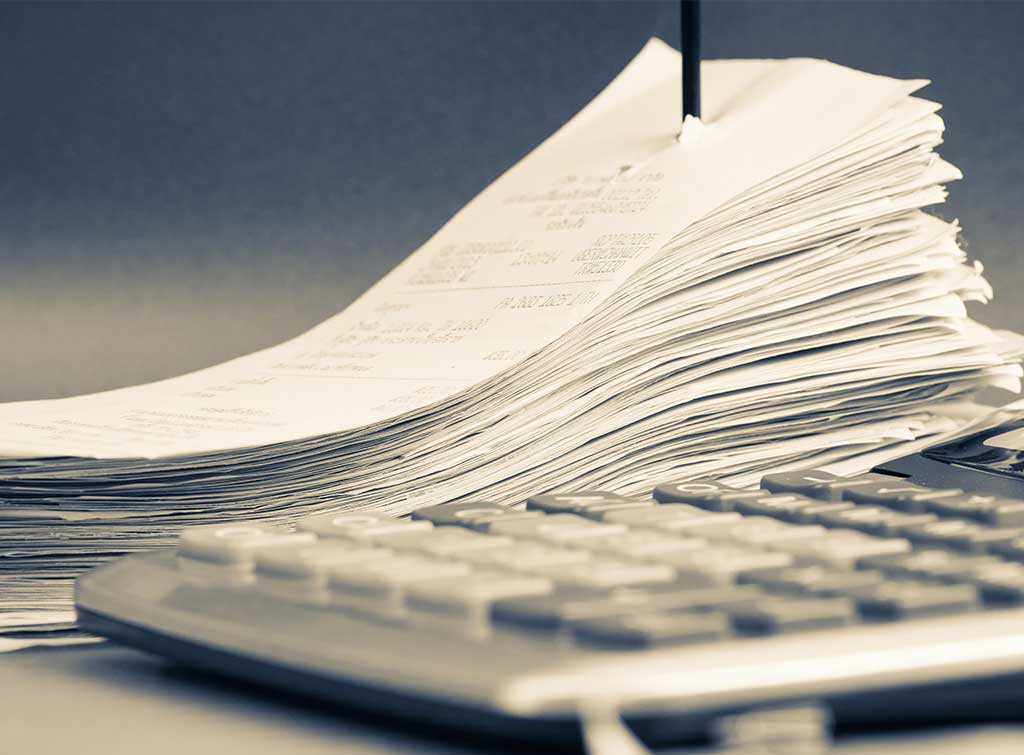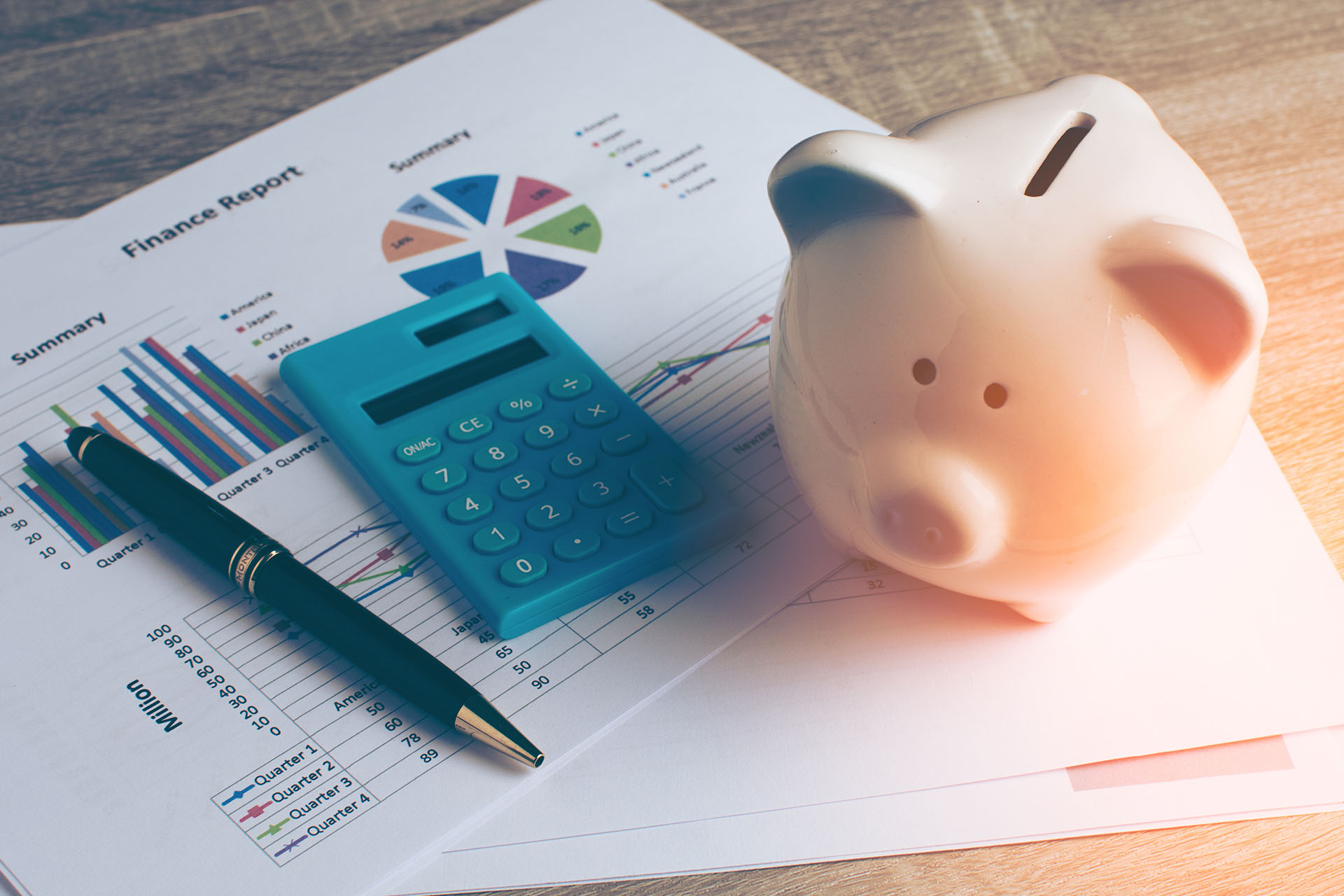Blog>Trade>Finance>A guide to depreciation of assets
Last updated: 19 March 2024
A guide to depreciation of assets
Depreciation of business assets can spread their cost over their useful lives for accounting and tax purposes. Here, we run through what depreciation means and how it works.
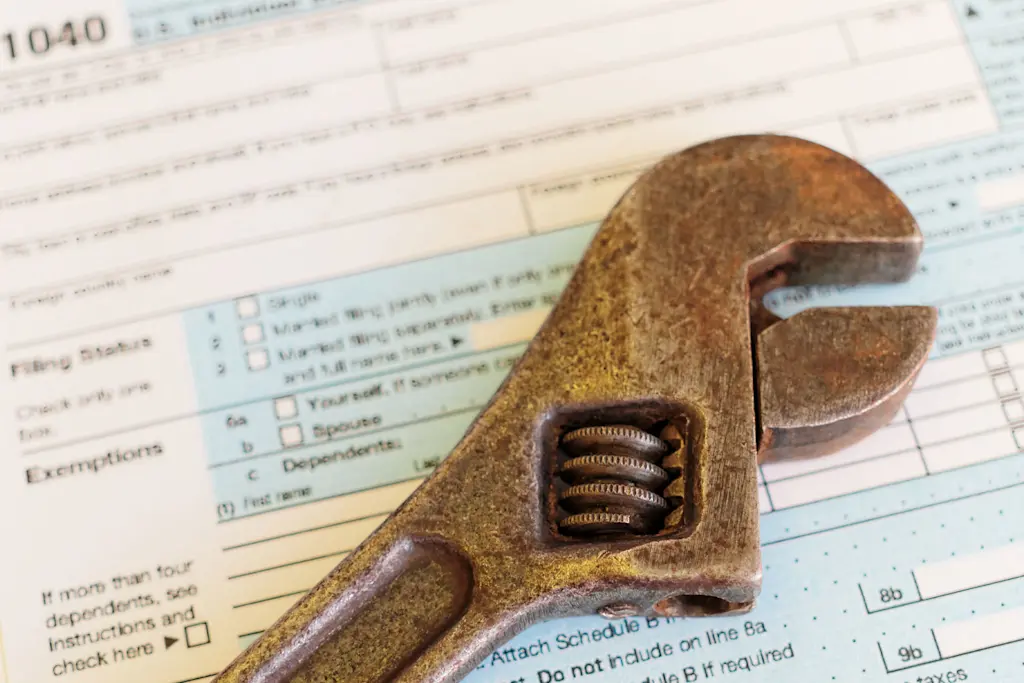
What is depreciation of assets?
Depreciation is a way of dividing up the cost of a business asset over a set period. The period is usually viewed as the asset’s useful life.
Assets wear out over time and depreciation reflects this as a business ‘cost’ during that period.
You can only depreciate capital expenditures. These typically include vehicles, plant, machinery, equipment, computers, phones and other office equipment.
Depreciation is not tax-deductible. Instead, HMRC uses capital allowances, which work in generally the same way as depreciation.
Accumulated depreciation is the total amount the asset has been depreciated.
How depreciation works
The amount of depreciation you apply depends on the asset. There are no set rules on what depreciation rates to use. It should be reasonable and reflect the expected useful life of the asset.
Assets should be owned for a number of years if you are going to depreciate them. You shouldn't depreciate assets you lease.
The periods used for depreciation tend to be between three and seven years. The depreciation rate is expressed as a percentage.
The accounting term for the value of an asset after depreciation is its Net Book Value. This is the original purchase cost minus all the depreciation on it.
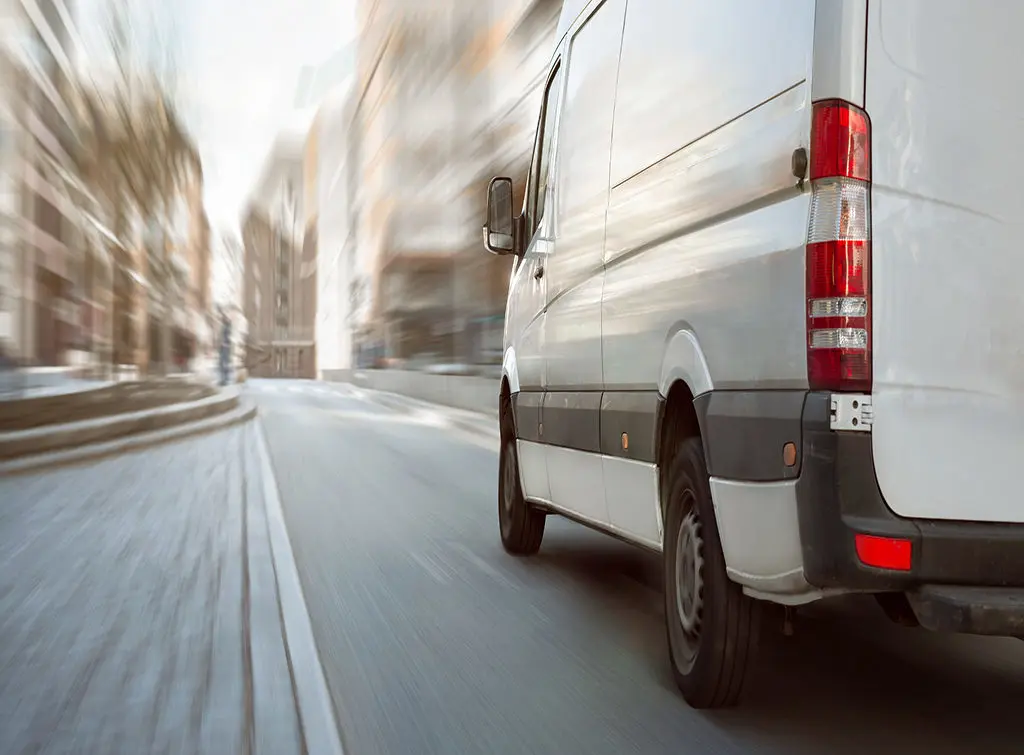
What are the different deprecation rates for my trade business
These are some of the typical depreciation rates you could expect to see as a tradesperson:
Vehicle depreciation rate
Vans, lorries and business cars are usually depreciated over a four-year period. That gives an annual depreciation rate of 25% of their value.
Plant and equipment depreciation rate
Many trades operate with a wide range of plant and equipment that has a fairly short useful life. Here, a typical rate would be 40%, so the asset is depreciated across two-and-a-half years.
Machinery depreciation rate
Larger, more industrial pieces of machinery probably last longer and are typically depreciated over a five-year period at an annual rate of 20% of their value.
Fixtures and fittings depreciation rate
These assets include office items like desks, chairs and tables. They are usually expected to have a relatively long lifespan of around five to seven years. This gives an annual depreciation rate of 15%-20%.
Office equipment depreciation rate
Office equipment that has a shorter lifespan tends to include things like computers and smartphones. Here, a depreciation rate of 30% would write down the asset value over about three years.
Get help managing your company finances
Checkatrade members get an exclusive deal with Powered Now
Depreciation types
You can depreciate assets in various ways. Here are two of the main types of depreciation:
Straight-line depreciation
This spreads the asset cost equally over each year of the depreciation period. The same amount of depreciation applies each year.
Take an example of a £10,000 vehicle with 25% annual depreciation. The deprecation each year is £2,500. For accounting purposes, it loses one-quarter of its value every 12 months.
The accumulated depreciation after three years is £7,500. The net book value is £2,500.
Declining balance depreciation
This depreciates more at the start of the period. The method is probably better for assets that become obsolete quite quickly. This could include computers and mobile phones.
After the first year, you calculate depreciation each year based on the net book value.
If you buy some computers for £10,000 with 20% annual depreciation it works as follows:
1st year
Depreciation of 20% on £10,000: £2,000.
Net book value: £8,000
2nd year
Depreciation of 20% on the £8,000 net book value: £1,600
Accumulated depreciation is £2,000 plus £1,600: £3,600
Net book value is £10,000 minus £3,600: £6,400
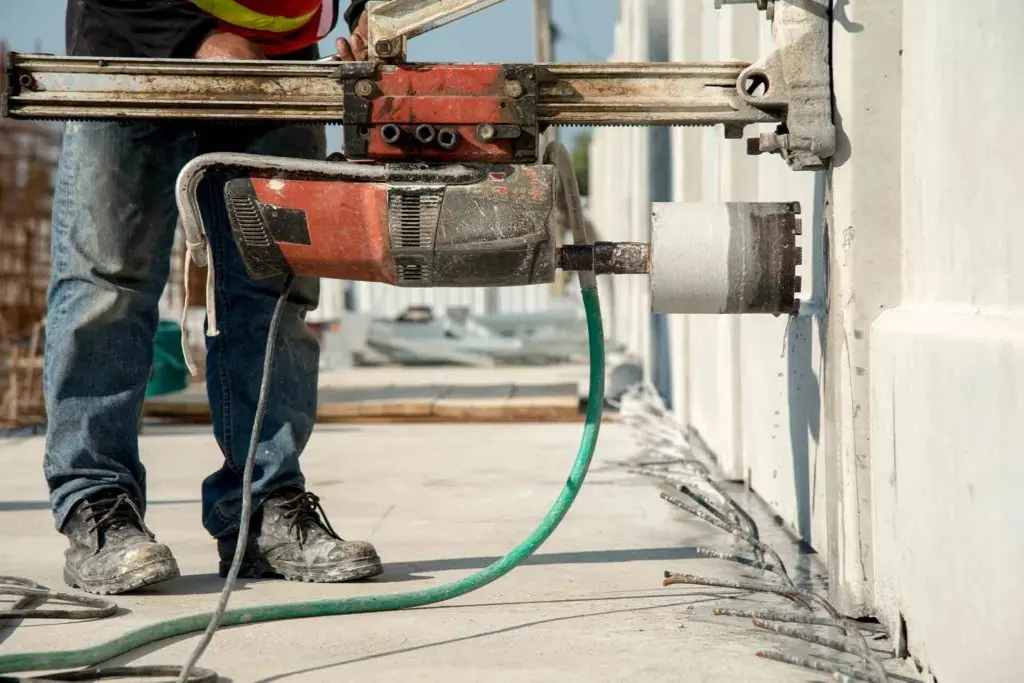
Where depreciation appears in business accounts
Information relating to depreciation appears in different places.
If your business produces accounts the net book value of an asset is shown in the balance sheet.
Deprecation is a business expense. The amount for the period that the accounts cover goes in the profit and loss account.
The difference between depreciation and capital allowances
Capital allowances are HMRC’s way of working out depreciation. You can’t claim depreciation costs to reduce your tax bill. Instead, HMRC’s writing down allowance rates apply.
In essence, depreciation and writing down allowances are fairly similar, especially for smaller businesses.
HMRC groups assets into pools and applies a writing down allowance to each pool. The ‘main pool’ is called plant and machinery.
The main pool covers many of the assets you typically need to run a business. As well as most types of plant, equipment and machinery, it also includes vehicles and office fixtures and fittings. The main pool 'writing down' allowance is 18%.
Here’s how the 'writing down' allowance works:
Add up the cost of assets bought during the year
Deduct any amounts received from selling assets that were in the pool
18% of the balance is tax deductible
Take the amount left in the pool, after deducting the allowance, and use it as your ‘opening balance’ for the next year. Repeat the process
Another HMRC scheme is the Annual Investment Allowance. This allows you to claim 100% of the cost of certain assets in the first year. For example, vans qualify, but business cars do not.
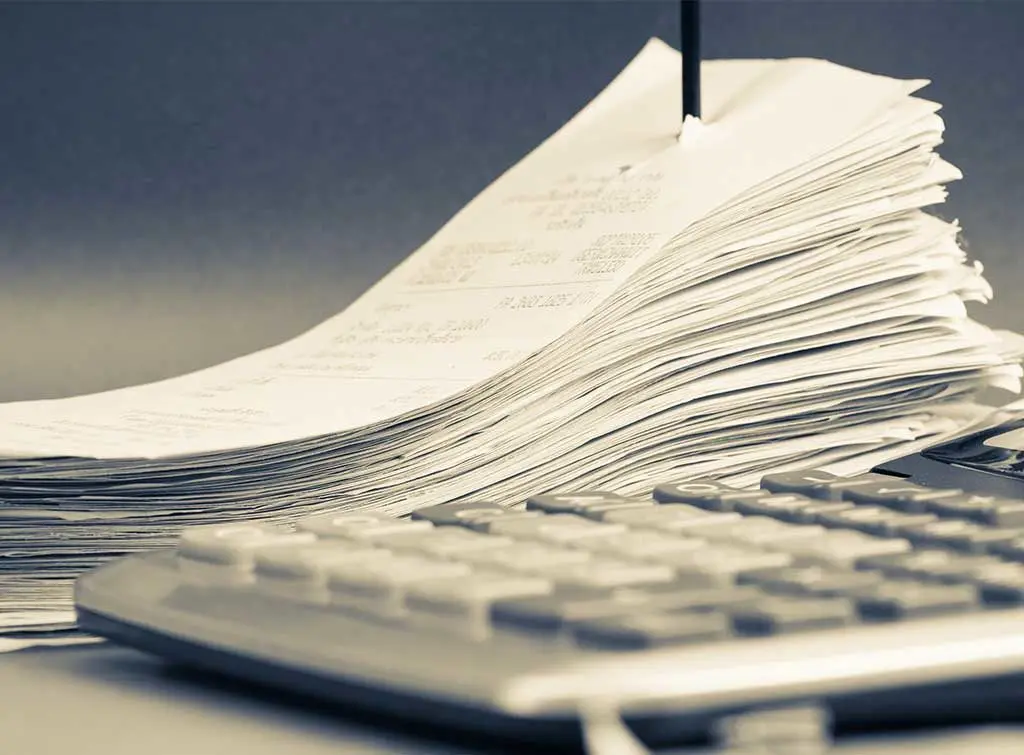
The difference between depreciation and amortisation
Amortisation is similar to depreciation but used for different types of assets.
You depreciate tangible business assets. These are assets you can see and touch. You amortise intangible assets. These are non-physical assets, like trademarks and licences.
Amortisation is usually worked out on the straight-line method. If you have a 10-year licence then you amortise the cost evenly over that period.
FAQs
What is depreciation of assets?
Depreciation of assets is a way of spreading the cost of a business asset over a set period.
What is accumulated depreciation?
Accumulated depreciation is the total amount of depreciation on an asset.
What are the depreciation types?
These vary depending on the type of asset. One depreciation type spreads the cost of the asset evenly over a set period. Another type uses higher depreciation amounts at the start of the period.
Can I use depreciation to reduce my tax bill?
For tax purposes, you use HMRC’s capital allowances instead of depreciation. Capital allowances and depreciation work in a similar way.
Ready to take your business to the next level?
We can help you get there
DISCLAIMER
This is information – not financial advice or recommendation. The content and materials featured or linked to on this blog are for your information and education only and are not intended to address your particular personal requirements. The information does not constitute financial advice or recommendation and should not be considered as such. Checkatrade website is not regulated by the Financial Conduct Authority (FCA), its authors are not financial advisors, and it is therefore not authorised to offer financial advice.
Always do your own research and seek independent financial advice when required. Any arrangement made between you and any third party named or linked to from the site is at your sole risk and responsibility. Checkatrade blog and its associated writers assume no liability for your actions.
